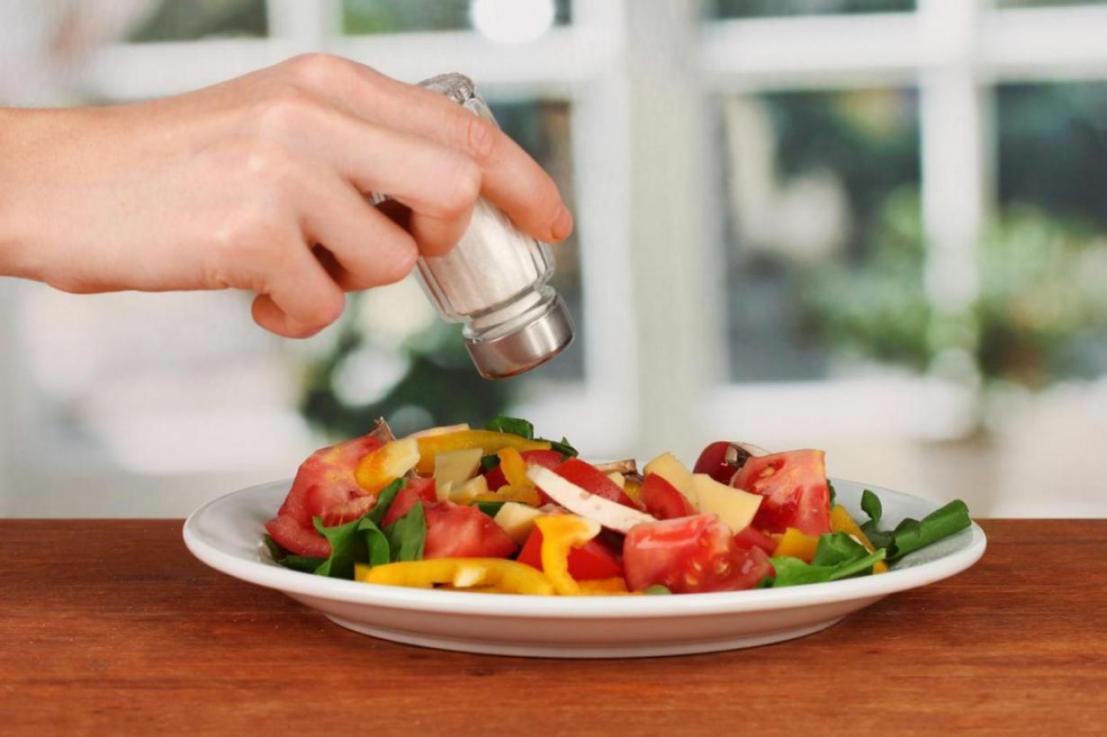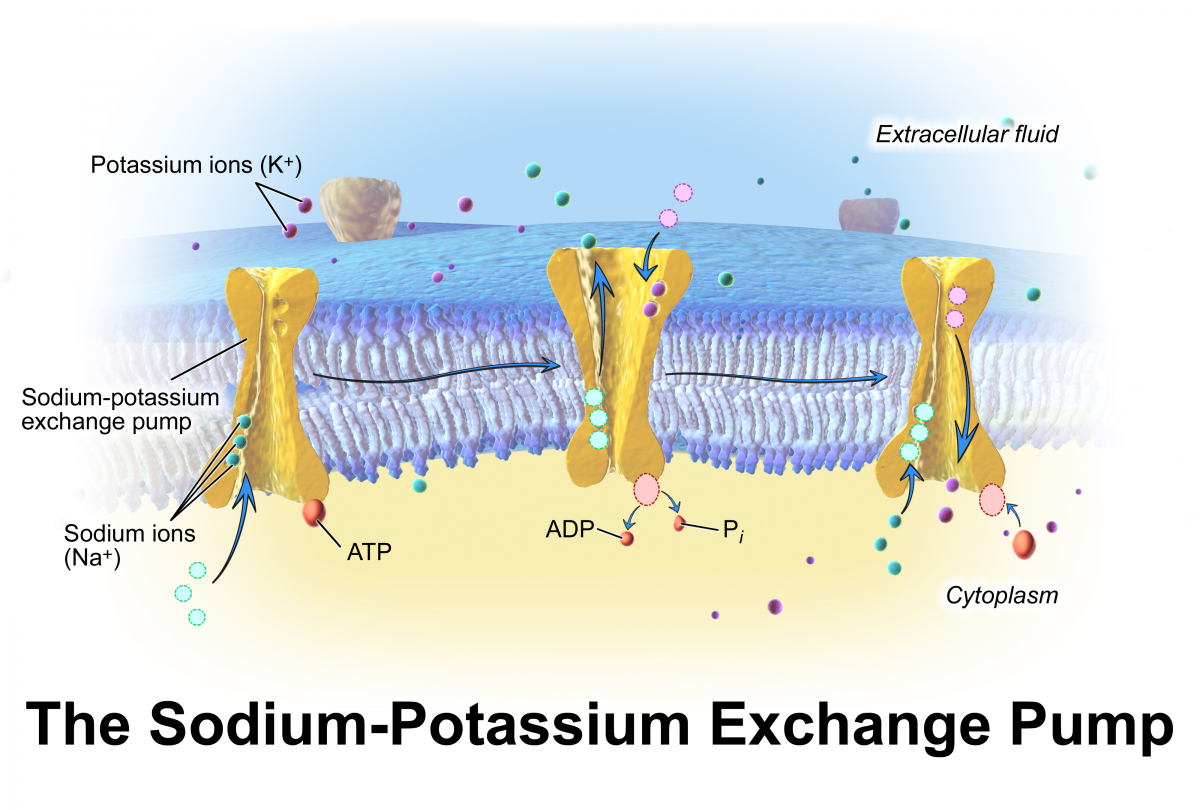It’s been well understood that high amounts of salt in our diet can leave a negative impact on health.
Doctors and dietitians have frequently recommend foods lower in sodium when individuals are identified for being at risk of cardiovascular diseases, especially high blood pressure.
Salt is prevalent in many processed and packaged foods to aid in both the flavor profile and shelf life of the products being sold. When looking at the nutrition labels of these items it’s also not difficult to find them higher in fat and sugar content as well.
For this reason, salt has been grouped with the two other vilified food ingredients, fat and sugar, for its potential to cause long term damage to our bodies. Recommended levels from the FDA are currently 2,300mg per day, which is about 1 teaspoon of salt.
However, in new research it’s been seen that low levels of sodium may be actually contributing to cardiovascular and metabolic disease.
While this may be contrary to what everyone has been told by the medical community for years, there’s evidence that higher levels of sodium can actually be beneficial for daily nutrition.

How Daily Salt Intake Effects Health
To understand how salt has been misunderstood as a culprit in our diets, it would help to take a look at factors that contribute to low sodium in the blood.
When we burn a lot of energy from exercise, salt is expelled from our body through perspiration, which is why sport drinks are often consumed by athletes after extensive training to replace electrolytes.
Salt levels are also lower in individuals that go on ketogenic/low carb diets, as the body adapts to burning ketones instead of glucose for energy. This can commonly be observed in individuals on these diets when they undergo “the keto flu” or feelings of “light-headedness” for about a week.
This is due to the body releasing excess water from the body as stored glycogen is released for energy, flushing the sodium along with it.
Low sodium in the blood creates these symptoms as well as muscle cramps throughout body as there is a natural imbalance of electrolytes for the cells to work properly. The sodium-potassium pump within our cell membranes is responsible for delivering energy and nutrients:
Our body has a natural hormone that counterbalances low sodium, better known as aldosterone. When lower levels of sodium in detected in the blood, the kidneys release aldosterone, which helps retain sodium and prevents the release of sodium in the urine.
This retention of sodium in the blood is what rises blood pressure and kick starts the release of minerals of magnesium and calcium back into the blood. A test called a blood urea nitrogen (BUN) test exists to detects low sodium if you have poor renal blood flow circulating in the body.
To counter the symptoms of a low sodium diet, it’s best to supplement salt in your diet. Sea salt is the healthiest option available that can be added to your meals or liquids throughout the day.
Since there’s a potential to lose sodium through sweat perspiration or caffeine consumed in the day, the recommended amount would be roughly 8-10g. This equals to about 1 1/2-3/4 teaspoons of salt daily.
The Wrap Up
Salt is vilified for its association with cardiovascular and metabolic disease, however the lack of sodium in diets tends to raise these issues rather than resolving them. Seeing that sodium is an electrolyte that’s important for our regulating our cells’ functions, it would be common sense to moderate the intake of other toxic ingredients that serve very little benefit to our body’s homeostasis (sugar). Maintaining good health requires our hormones to be balanced, see salt as a vital part of that.
What else do you want to know?
Best Sources for Quality Protein
How Much Sugar is Too Much
How Sodium Effects Muscle Gains & Strength



Leave a Reply
You must be logged in to post a comment.